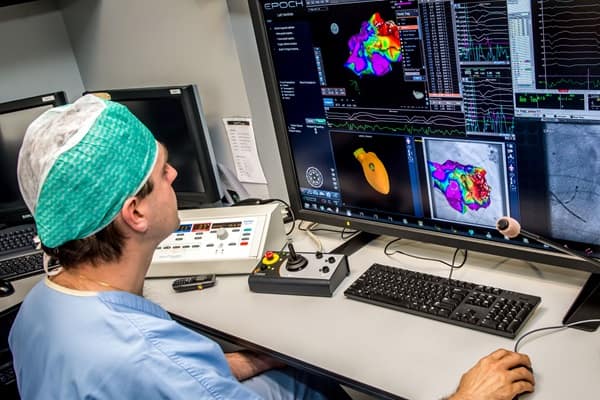In modern healthcare, patient needs are becoming increasingly complex. Multiple specialists, medications, and treatments must be synchronized to ensure safe and effective care. That’s where care coordination comes in. By aligning communication and processes between providers, patients, and caregivers, care coordination plays a pivotal role in improving outcomes while reducing costs.
Technology is revolutionizing this process, making it easier than ever to streamline workflows and keep patients at the center of their care.
What is care coordination?
Care coordination is the organized effort of healthcare teams to manage patient care across multiple providers and settings. Instead of patients navigating the system on their own, a coordinated approach ensures:
- Better communication between doctors, nurses, and specialists.
- Reduced duplication of tests and procedures.
- Improved patient engagement and adherence to treatment plans.
The role of technology in modern care coordination
Technology has shifted care coordination from paper records and phone calls to integrated, digital-first solutions. These tools bring together patient data, communication channels, and decision-support systems in one place.
1. Electronic Health Records (EHRs)
EHRs allow providers to access real-time patient data across facilities. With unified records, errors decrease, and care teams can make informed decisions more quickly.
2. Telemedicine and virtual care
Remote consultations mean patients can easily connect with multiple specialists without unnecessary travel. This is particularly beneficial for those with chronic conditions or mobility challenges.
3. Remote monitoring tools
Wearable devices and apps enable continuous monitoring of conditions such as diabetes, heart disease, or hypertension. This data feeds directly into care coordination platforms, alerting providers to potential issues before they escalate.
Benefits of technology-driven care coordination
Improved patient outcomes
Digital care coordination systems provide a holistic view of patient needs. This leads to better preventive care, early interventions, and fewer emergency room visits.
Reduced medical errors
When providers have access to the same, up-to-date information, the chance of miscommunication or conflicting treatments decreases significantly.
Cost savings for healthcare systems
By preventing hospital readmissions, minimizing duplicate tests, and optimizing medication management, care coordination cuts unnecessary expenses.
Challenges in implementing care coordination technology
While the benefits are clear, healthcare organizations often face hurdles:
- High initial costs for system integration.
- Data privacy and security concerns.
- Resistance to change among staff.
However, many of these challenges can be overcome with strong leadership, training, and selecting the right care coordination software.
The future of care coordination
The future lies in AI-driven platforms that can predict patient risks and recommend personalized care plans. Machine learning algorithms will help clinicians make faster, more accurate decisions, while mobile apps will continue to empower patients to take charge of their health.
Conclusion
Care coordination is no longer a manual, fragmented process. With technology, it is evolving into a streamlined, patient-centered approach that improves outcomes, reduces costs, and enhances healthcare efficiency. Forward-thinking organizations like Ignyte Group are helping shape this future by guiding healthcare providers toward digital transformation.
Get real time update about this post category directly on your device, subscribe now.






Leave a Comment